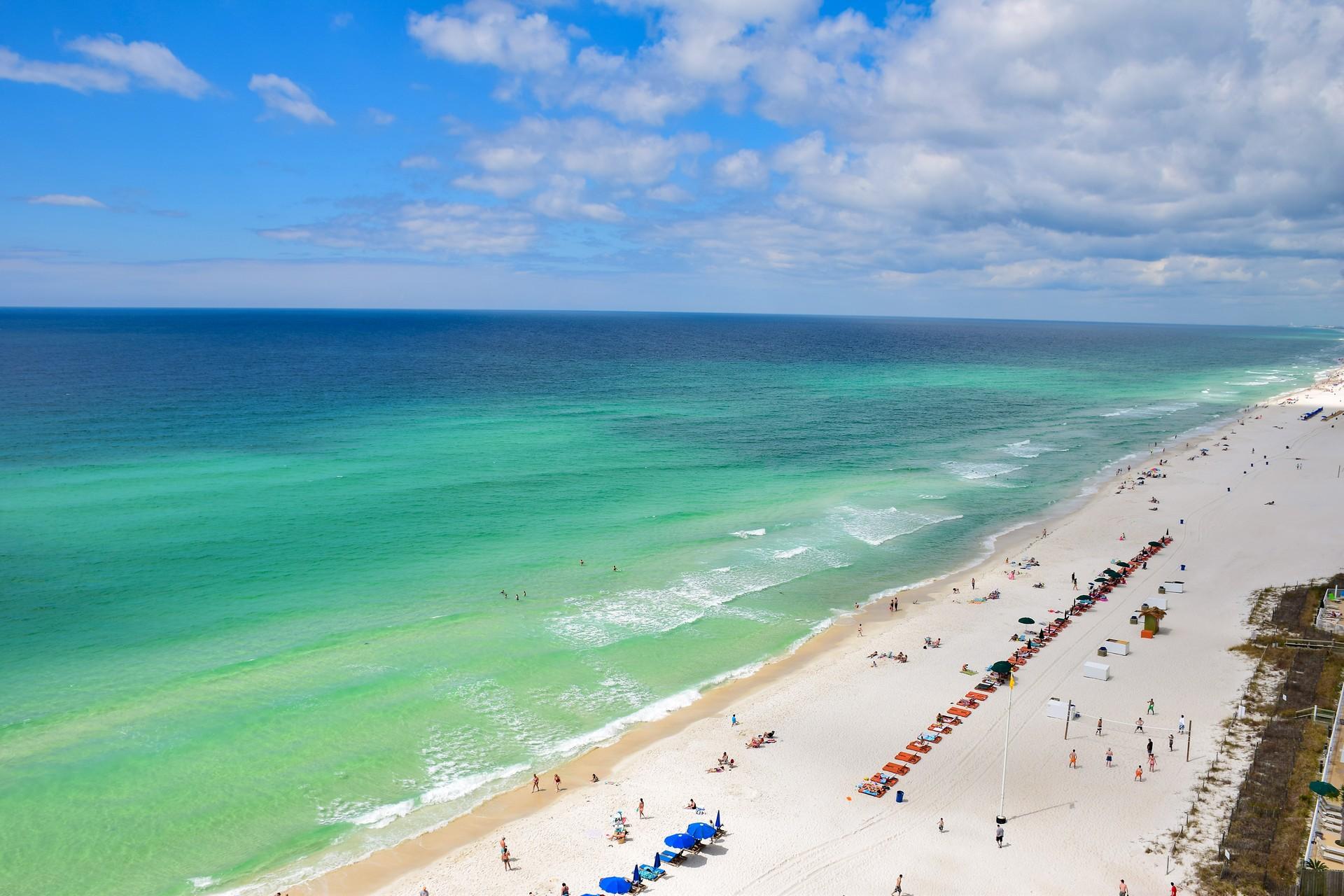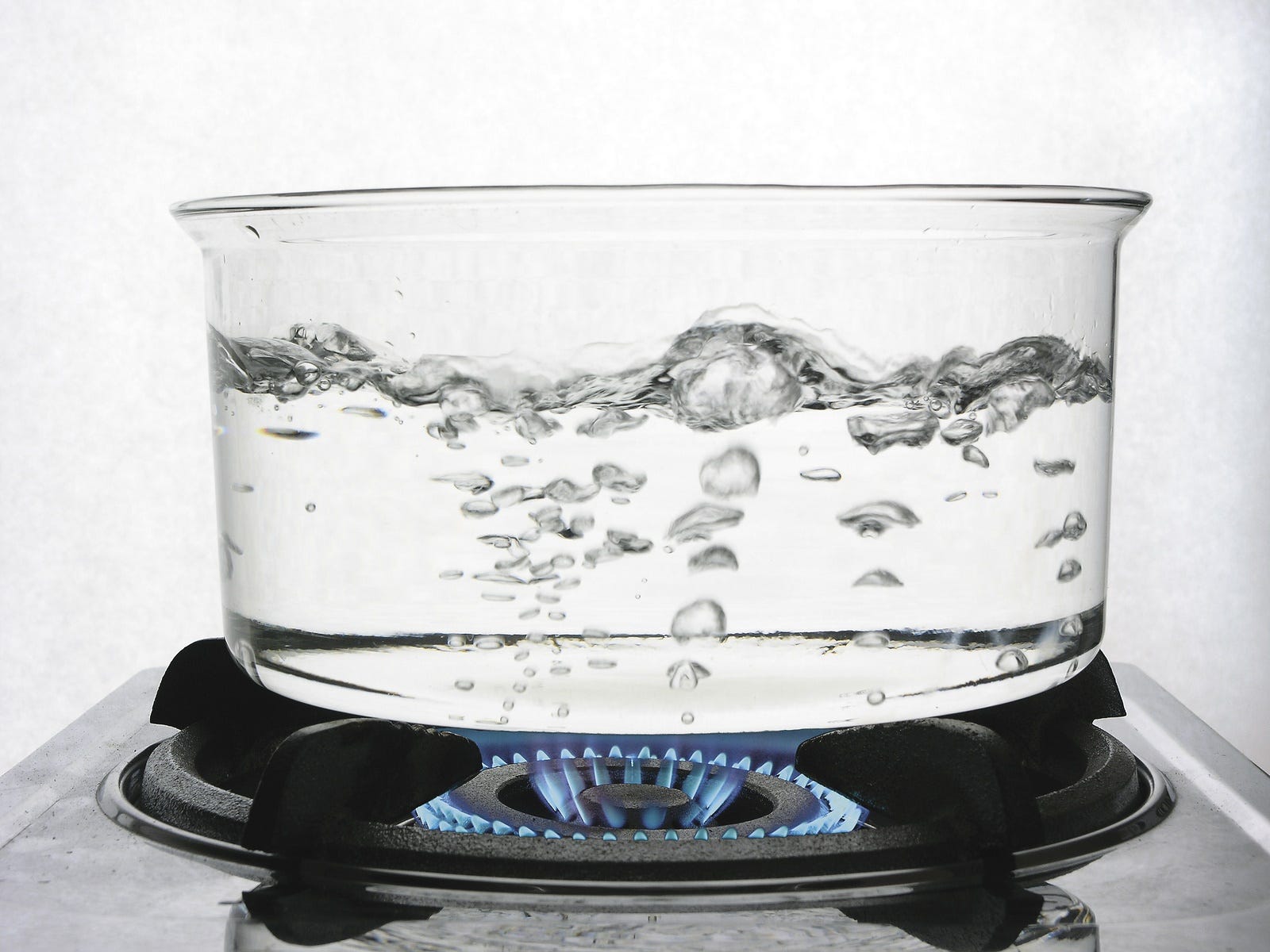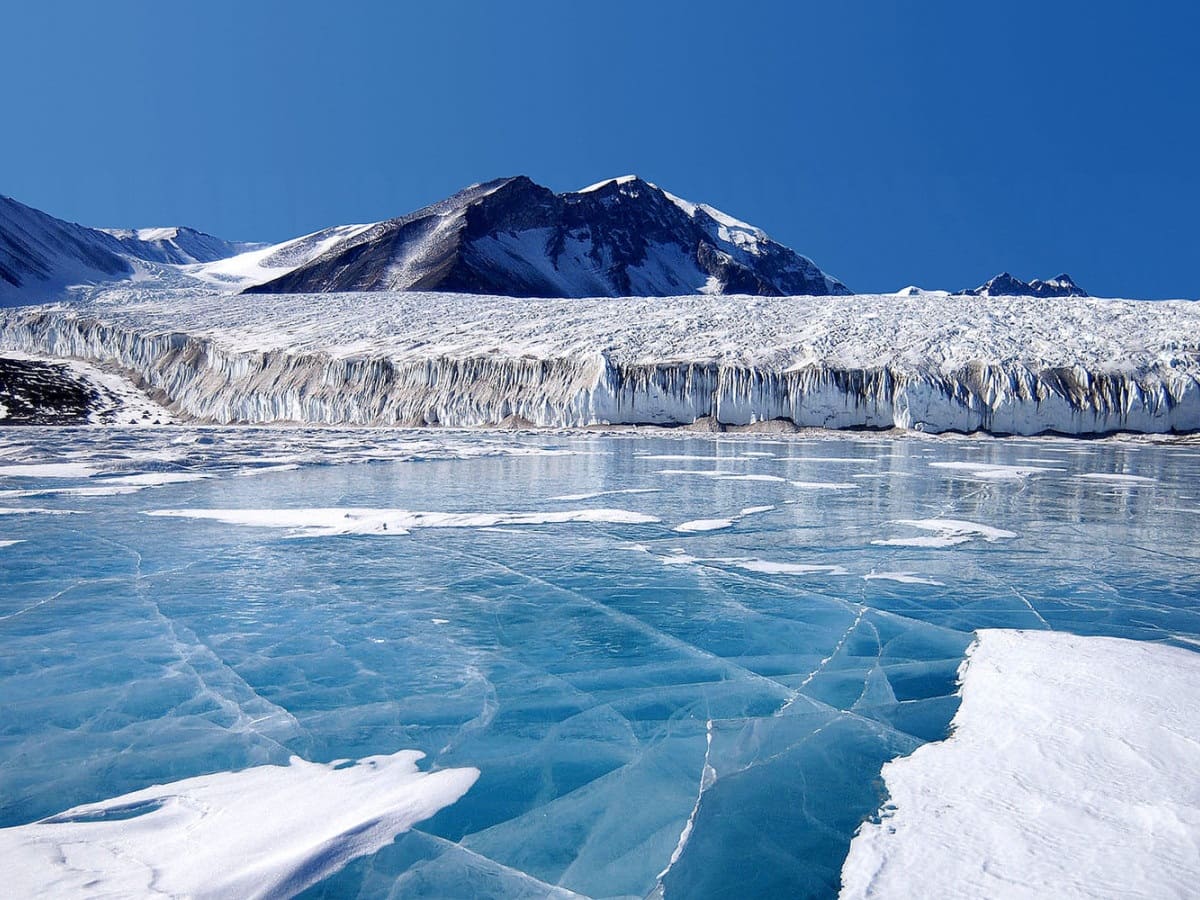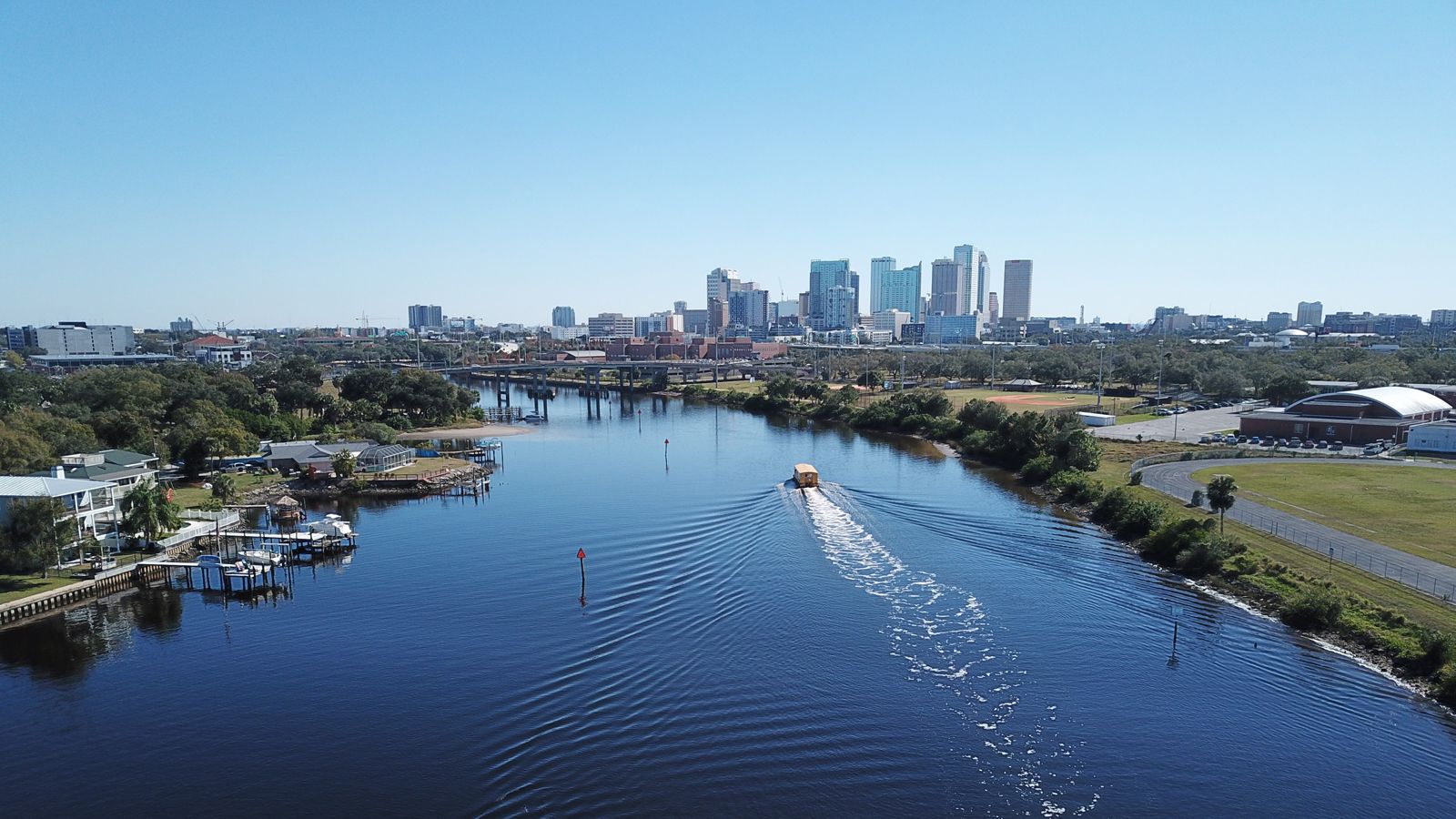Home>Outdoor & Recreation>Willamette River Water Temperature: Information And Updates
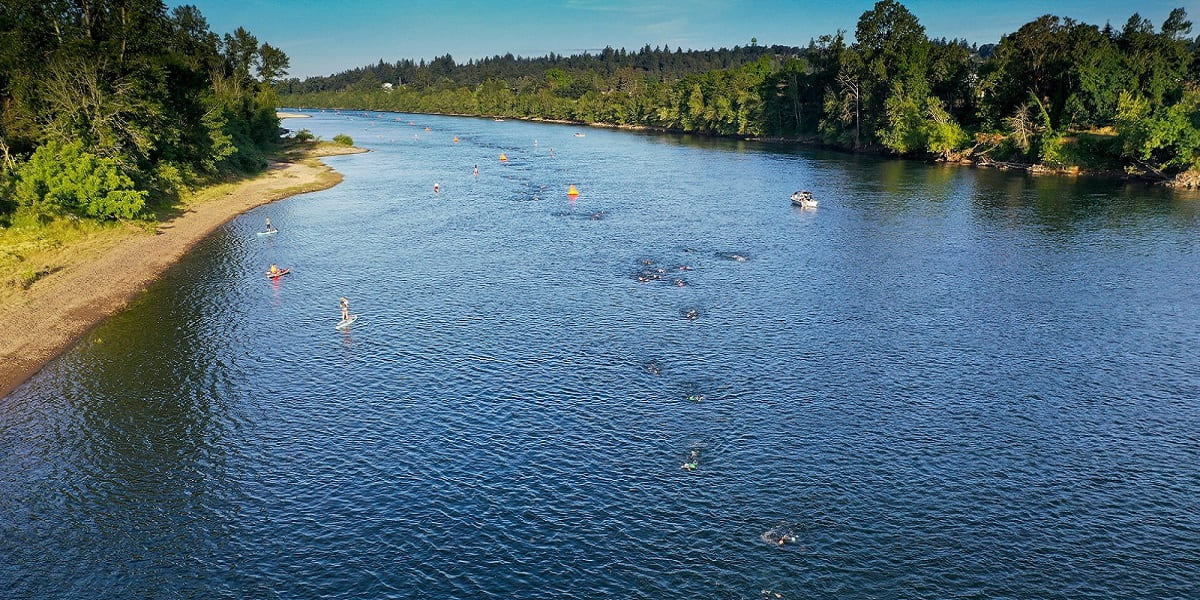

Outdoor & Recreation
Willamette River Water Temperature: Information And Updates
Published: February 19, 2024
Stay informed about the latest updates on Willamette River water temperature for your outdoor and recreation activities. Get accurate information and plan your adventures accordingly.
(Many of the links in this article redirect to a specific reviewed product. Your purchase of these products through affiliate links helps to generate commission for Temperatures.com, at no extra cost. Learn more)
Table of Contents
- Importance of Monitoring Water Temperature
- Factors Affecting Willamette River Water Temperature
- Current Water Temperature Data
- Trends and Patterns in Willamette River Water Temperature
- Impacts of Water Temperature on River Ecosystems
- Efforts to Mitigate Effects of Temperature Changes
- Future Outlook for Willamette River Water Temperature
Importance of Monitoring Water Temperature
Monitoring water temperature is crucial for understanding the health and dynamics of aquatic ecosystems, particularly in the context of the Willamette River. The temperature of the river water plays a pivotal role in shaping the behavior and survival of various aquatic species, as well as influencing the overall ecological balance.
Water temperature directly impacts the metabolic rates of aquatic organisms, including fish, invertebrates, and algae. Fluctuations in temperature can significantly affect the growth, reproduction, and survival of these organisms. For instance, warm water holds less dissolved oxygen, which can be detrimental to the survival of fish and other aquatic life that rely on oxygen for respiration. Monitoring water temperature helps in identifying potential areas of low oxygen levels, which can then be addressed through targeted conservation efforts.
Furthermore, changes in water temperature can alter the timing of biological events such as fish spawning and insect hatching. By monitoring these temperature variations, researchers and conservationists can gain insights into the potential impacts on the entire food web within the river ecosystem. This information is invaluable for making informed decisions regarding the management and conservation of the Willamette River and its surrounding habitats.
In addition to its ecological significance, monitoring water temperature is also essential for human activities and infrastructure. For instance, understanding the temperature patterns of the river water is crucial for managing water quality and ensuring the safety of recreational activities such as swimming, boating, and fishing. Moreover, industries and municipalities that rely on the river for various purposes, including water supply and wastewater management, benefit from accurate and timely water temperature data to inform their operations and regulatory compliance.
In summary, monitoring the water temperature of the Willamette River is not only essential for preserving the delicate balance of its aquatic ecosystems but also for safeguarding the well-being of the communities and industries that depend on this vital natural resource. By staying vigilant and proactive in monitoring water temperature, we can better understand and address the complex interactions between temperature dynamics and the health of the river ecosystem.
Factors Affecting Willamette River Water Temperature
The water temperature of the Willamette River is influenced by a myriad of factors, each playing a unique role in shaping the thermal dynamics of this vital waterway. Understanding these factors is crucial for comprehending the complex interplay of natural and anthropogenic influences on the river's temperature profile.
1. Seasonal Variations
Seasonal changes exert a profound impact on the water temperature of the Willamette River. During the summer months, increased solar radiation and air temperatures elevate the surface water temperature, creating thermal stratification. Conversely, in winter, decreased solar input and colder air temperatures lead to cooling of the river water. These seasonal fluctuations not only affect the overall temperature range but also influence the distribution of thermal layers within the river, thereby impacting the habitat suitability for aquatic organisms.
2. Flow Regime and Hydrology
The flow regime of the Willamette River, influenced by factors such as precipitation, snowmelt, and dam operations, significantly influences its water temperature. High flow events, often associated with snowmelt or heavy rainfall, can lead to rapid cooling of the river water due to increased input of cold water from tributaries and surface runoff. Conversely, low flow conditions can result in elevated water temperatures, especially in shallow areas with limited mixing. Understanding the hydrological dynamics is essential for predicting and managing temperature variations in the river.
3. Urbanization and Land Use
The expansion of urban areas and changes in land use patterns along the Willamette River can contribute to alterations in water temperature. Urbanization leads to increased impervious surfaces, which can elevate water temperatures through the urban heat island effect. Additionally, runoff from urban areas may carry pollutants and excess nutrients that can further influence the thermal characteristics of the river water. Managing urban development and implementing green infrastructure practices are essential for mitigating these temperature-related impacts.
Read more: James River Water Temperature: A Guide To The Current Water Temperature Of The James River
4. Climate Change
The overarching influence of climate change on the water temperature of the Willamette River cannot be overstated. Rising global temperatures can lead to long-term shifts in the thermal regime of the river, impacting its ecological balance and overall health. Furthermore, changes in precipitation patterns and the frequency of extreme weather events, attributed to climate change, can exacerbate temperature fluctuations and thermal stress on aquatic organisms. Addressing the broader implications of climate change is imperative for ensuring the resilience of the river ecosystem in the face of evolving temperature dynamics.
5. Riparian Vegetation and Shade
The presence of riparian vegetation along the banks of the Willamette River plays a crucial role in moderating water temperature. Trees and vegetation provide shade, which helps to reduce solar radiation and mitigate temperature extremes in the river. Deforestation and alterations to riparian habitats can diminish the natural cooling effect of shade, leading to elevated water temperatures. Therefore, preserving and restoring riparian vegetation is essential for maintaining the thermal balance of the river ecosystem.
In essence, the water temperature of the Willamette River is intricately influenced by a multitude of interconnected factors, encompassing seasonal variations, hydrological dynamics, land use patterns, climate change, and the presence of riparian vegetation. By comprehensively understanding these factors, we can effectively address the challenges and opportunities associated with managing and conserving the thermal integrity of this iconic river.
Current Water Temperature Data
The current water temperature data of the Willamette River provides valuable insights into the real-time thermal dynamics of this iconic waterway. Through continuous monitoring and data collection, researchers and environmental agencies have been able to capture the intricate fluctuations and patterns in the river's temperature profile.
As of the latest observations, the water temperature of the Willamette River exhibits distinct variations across different segments and depths. During the summer months, surface water temperatures tend to rise, especially in areas exposed to direct sunlight and limited shading. Conversely, deeper sections of the river may demonstrate relatively lower temperatures due to reduced solar penetration and potential influence from groundwater inputs.
Furthermore, the data reveals the influence of seasonal transitions on the river's thermal regime. As the transition from summer to fall unfolds, the water temperature gradually begins to decline, reflecting the diminishing solar input and cooling atmospheric conditions. This transition period often marks a critical phase for aquatic organisms, as they adapt to the changing thermal environment and prepare for the upcoming seasonal adjustments.
In addition to spatial and seasonal variations, the current water temperature data also highlights the impact of flow dynamics on the river's thermal characteristics. High flow events, typically associated with winter storms or spring runoff, can introduce colder water into the river, leading to localized cooling effects. Conversely, low flow conditions during the dry season may contribute to elevated water temperatures, particularly in shallow and stagnant areas.
Moreover, the data underscores the significance of integrating technological advancements, such as remote sensing and real-time monitoring systems, to capture and analyze the intricate nuances of water temperature variations. These innovative approaches enable a more comprehensive understanding of the spatial and temporal dynamics of the river's thermal profile, empowering researchers and stakeholders to make informed decisions regarding conservation and management strategies.
Overall, the current water temperature data serves as a critical foundation for assessing the ecological health of the Willamette River and guiding proactive measures to safeguard its aquatic ecosystems. By leveraging this data, researchers and conservationists can gain a deeper understanding of the complex interplay between natural and anthropogenic influences on the river's temperature dynamics, ultimately contributing to the sustainable management and preservation of this invaluable natural resource.
Trends and Patterns in Willamette River Water Temperature
The Willamette River exhibits discernible trends and patterns in its water temperature, reflecting the dynamic interplay of natural and anthropogenic influences on its thermal dynamics. Over the years, comprehensive monitoring efforts have unveiled noteworthy trends that provide valuable insights into the long-term temperature variations within this iconic river system.
One prominent trend is the observable impact of seasonal transitions on the river's water temperature. During the summer months, the surface water temperature tends to rise, driven by increased solar radiation and warmer atmospheric conditions. This seasonal warming creates thermal stratification, with variations in temperature across different layers of the water column. Conversely, as the transition to fall ensues, the water temperature gradually decreases, reflecting the diminishing solar input and the onset of cooler weather. These seasonal fluctuations play a pivotal role in shaping the habitat suitability for aquatic organisms and influencing the overall ecological dynamics of the river.
Furthermore, the data reveals spatial variations in water temperature, with distinct patterns observed across different segments and depths of the Willamette River. Shallow, sun-exposed areas often exhibit higher temperatures, while deeper sections may demonstrate relatively lower thermal profiles due to reduced solar penetration and potential influence from groundwater inputs. Understanding these spatial patterns is essential for assessing the thermal suitability of various habitats within the river and identifying potential areas of thermal stress for aquatic organisms.
In addition to seasonal and spatial trends, the data also highlights the influence of flow dynamics on the river's water temperature. High flow events, typically associated with winter storms or spring runoff, can introduce colder water into the river, leading to localized cooling effects. Conversely, low flow conditions during the dry season may contribute to elevated water temperatures, particularly in shallow and stagnant areas. These flow-related patterns underscore the intricate relationship between hydrological dynamics and temperature variations, emphasizing the need for integrated management approaches that consider both water flow and thermal characteristics.
Moreover, long-term data analysis has revealed potential trends associated with climate change, indicating gradual shifts in the overall thermal regime of the Willamette River. Rising global temperatures and alterations in precipitation patterns can exert lasting impacts on the river's water temperature, influencing its ecological balance and resilience. Understanding these long-term trends is crucial for anticipating and addressing the broader implications of climate change on the river ecosystem.
In summary, the trends and patterns in the Willamette River's water temperature offer valuable insights into the complex dynamics shaping its thermal profile. By discerning these trends, researchers and stakeholders can gain a deeper understanding of the multifaceted influences on the river's temperature dynamics, ultimately informing proactive conservation and management strategies to ensure the long-term health and sustainability of this vital waterway.
Impacts of Water Temperature on River Ecosystems
Water temperature exerts a profound influence on the delicate balance and ecological dynamics of river ecosystems, including the iconic Willamette River. The thermal characteristics of the river water play a pivotal role in shaping the behavior, distribution, and survival of a diverse array of aquatic organisms, ultimately influencing the overall health and resilience of the river ecosystem.
One of the primary impacts of water temperature on river ecosystems is its direct influence on the metabolic rates and physiological functions of aquatic organisms. Fluctuations in temperature can significantly affect the growth, reproduction, and survival of fish, invertebrates, and algae. For instance, warm water holds less dissolved oxygen, posing challenges for the survival of fish and other aquatic life that rely on adequate oxygen levels for respiration. Additionally, temperature variations can disrupt the timing of critical biological events such as fish spawning and insect hatching, potentially leading to imbalances in the food web and ecological interactions within the river ecosystem.
Moreover, water temperature plays a crucial role in shaping the habitat suitability for aquatic organisms. Certain species of fish and invertebrates exhibit specific thermal preferences, seeking out areas with suitable temperature ranges for feeding, reproduction, and refuge. Therefore, alterations in water temperature can directly impact the availability and quality of habitat for these organisms, potentially leading to shifts in species distribution and abundance within the river ecosystem.
Furthermore, temperature dynamics in river ecosystems can influence the prevalence of waterborne diseases and parasites. Elevated water temperatures can create favorable conditions for the proliferation of certain pathogens and parasites, posing health risks to aquatic organisms. Additionally, thermal stress resulting from extreme temperature fluctuations can weaken the immune systems of fish and other aquatic species, making them more susceptible to disease outbreaks and compromising their overall resilience.
Additionally, changes in water temperature can have cascading effects on the entire food web within river ecosystems. Alterations in the timing of biological events, such as the emergence of aquatic insects or the availability of prey species, can disrupt the foraging and reproductive behaviors of fish and other predators. These disruptions can have far-reaching consequences, potentially impacting the population dynamics and ecological interactions within the river ecosystem.
In summary, the impacts of water temperature on river ecosystems are multifaceted and far-reaching, encompassing effects on metabolic rates, habitat suitability, disease prevalence, and food web dynamics. By recognizing and understanding these impacts, we can better appreciate the intricate interplay between temperature dynamics and the ecological health of the Willamette River, ultimately guiding informed conservation and management strategies to preserve the richness and diversity of this vital aquatic ecosystem.
Efforts to Mitigate Effects of Temperature Changes
Efforts to mitigate the effects of temperature changes in the Willamette River encompass a multifaceted approach aimed at preserving the ecological balance and resilience of this vital aquatic ecosystem. These proactive measures are designed to address the challenges posed by temperature fluctuations and uphold the long-term sustainability of the river and its associated habitats.
Riparian Restoration and Shade Management
One of the key strategies involves riparian restoration initiatives aimed at enhancing the natural cooling mechanisms along the riverbanks. By restoring and conserving riparian vegetation, including trees and shrubs, these efforts seek to create shaded areas that help mitigate the impact of solar radiation on the river water. Additionally, strategic shade management practices are implemented to optimize the cooling effect of riparian vegetation, thereby moderating water temperatures and creating thermal refuges for aquatic organisms.
Water Quality and Pollution Control
Efforts to maintain and improve water quality play a crucial role in mitigating the effects of temperature changes. By implementing stringent pollution control measures and promoting responsible land use practices, stakeholders work to minimize the introduction of pollutants and excess nutrients into the river. This proactive approach not only helps preserve the thermal integrity of the water but also safeguards the overall health of aquatic ecosystems, reducing the potential stressors exacerbated by temperature fluctuations.
Read more: Saturn’s Temperature: Facts And Information
Flow Management and Habitat Restoration
Integrated flow management strategies are employed to regulate water flow and maintain optimal thermal conditions within the river. By considering the interplay between flow dynamics and temperature variations, these efforts aim to sustain suitable habitats for aquatic organisms, particularly during periods of temperature stress. Additionally, habitat restoration projects focus on creating diverse and resilient aquatic habitats that can better withstand the impacts of temperature changes, promoting the overall ecological robustness of the river ecosystem.
Climate Resilience and Adaptation
Addressing the broader implications of climate change is integral to mitigating the effects of temperature changes in the Willamette River. Stakeholders collaborate to develop climate resilience and adaptation strategies that anticipate and respond to long-term shifts in the river's thermal regime. These strategies encompass proactive measures to enhance the resilience of aquatic ecosystems, promote adaptive management practices, and foster community engagement in addressing the challenges posed by climate-induced temperature dynamics.
Research and Monitoring
Continuous research and monitoring efforts are fundamental to understanding the impacts of temperature changes and evaluating the effectiveness of mitigation measures. By leveraging advanced monitoring technologies and comprehensive data analysis, researchers and environmental agencies can assess the efficacy of mitigation strategies, identify emerging trends, and adapt management approaches to address evolving temperature dynamics. This iterative process of research and monitoring forms the cornerstone of informed decision-making and adaptive management in mitigating the effects of temperature changes in the Willamette River.
In essence, the concerted efforts to mitigate the effects of temperature changes in the Willamette River reflect a proactive and holistic approach aimed at preserving the ecological integrity and resilience of this iconic aquatic ecosystem. By integrating riparian restoration, water quality management, flow regulation, climate resilience, and ongoing research, stakeholders strive to uphold the thermal balance of the river, ultimately ensuring the long-term sustainability of its diverse and interconnected habitats.
Future Outlook for Willamette River Water Temperature
The future outlook for the water temperature of the Willamette River encompasses a dynamic landscape shaped by evolving environmental, climatic, and anthropogenic factors. As we look ahead, several key considerations and potential trajectories emerge, offering valuable insights into the anticipated trends and challenges that will influence the thermal dynamics of this iconic river ecosystem.
One pivotal aspect of the future outlook revolves around the overarching influence of climate change on the water temperature of the Willamette River. With global temperatures on the rise, the river is likely to experience continued shifts in its thermal regime, potentially leading to prolonged periods of elevated water temperatures. These changes can have far-reaching implications for the ecological balance of the river, impacting the distribution, behavior, and survival of aquatic organisms. Furthermore, alterations in precipitation patterns and the frequency of extreme weather events may exacerbate temperature fluctuations, posing challenges for the resilience of the river ecosystem.
In addition to climate-related considerations, the future outlook also encompasses the potential impacts of urbanization and land use changes along the Willamette River. As urban areas expand and land use patterns evolve, the river may face increased thermal stress due to the urban heat island effect and alterations in runoff dynamics. Managing these urban-related influences will be crucial for mitigating temperature-related impacts and preserving the thermal integrity of the river ecosystem.
Moreover, the future outlook emphasizes the importance of adaptive management and conservation strategies aimed at enhancing the resilience of the Willamette River in the face of evolving temperature dynamics. This entails fostering collaborative efforts to implement innovative riparian restoration initiatives, enhance water quality management practices, and integrate climate resilience measures into conservation planning. By embracing adaptive management approaches, stakeholders can proactively address the challenges posed by temperature changes, promoting the long-term sustainability of the river and its associated habitats.
Furthermore, advancements in technology and monitoring capabilities offer promising opportunities for gaining a deeper understanding of the future trends in the water temperature of the Willamette River. Leveraging remote sensing, real-time monitoring systems, and predictive modeling can provide valuable insights into the anticipated thermal trajectories, enabling stakeholders to make informed decisions and adapt management strategies in response to evolving temperature dynamics.
In summary, the future outlook for the water temperature of the Willamette River underscores the need for proactive and adaptive approaches to address the multifaceted influences shaping its thermal dynamics. By recognizing the potential impacts of climate change, urbanization, and land use changes, and embracing innovative conservation and monitoring strategies, stakeholders can work towards safeguarding the ecological health and resilience of this iconic river ecosystem in the years to come.
